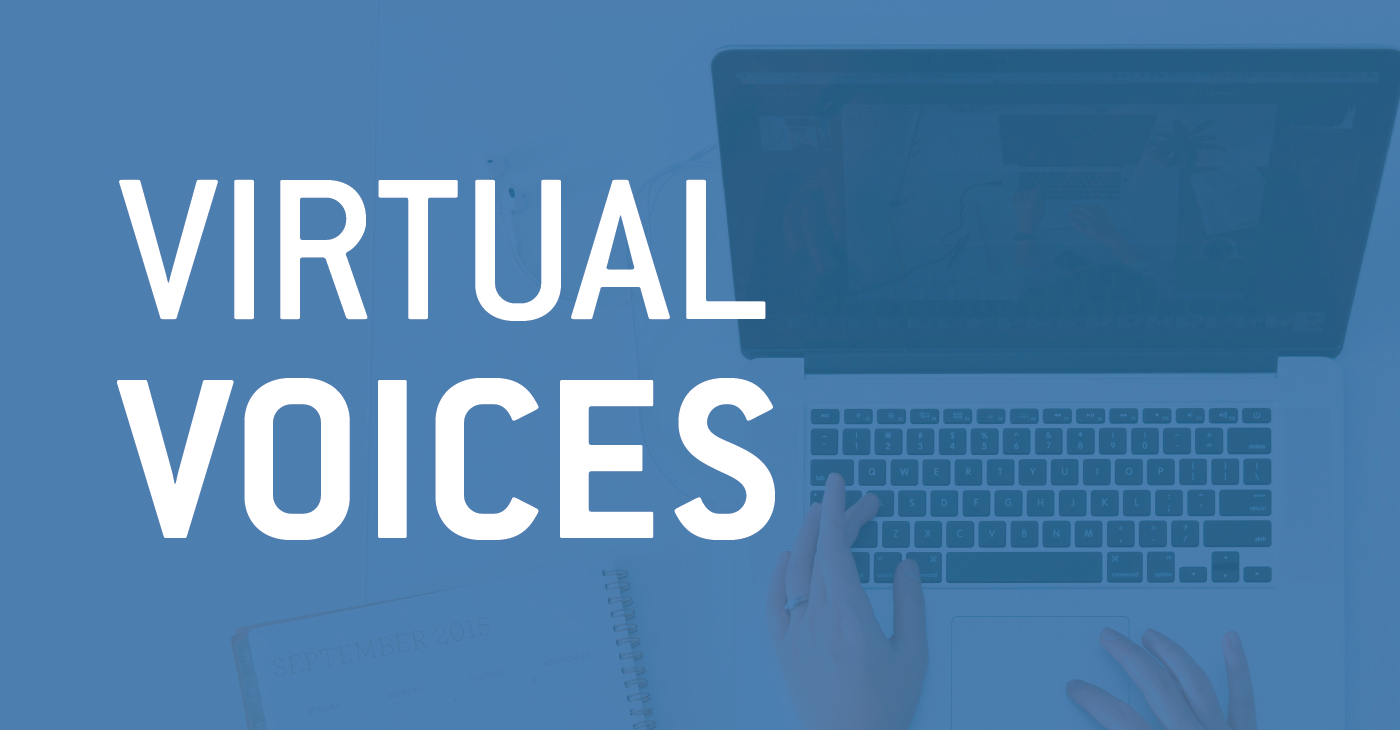The Denver Metro Chamber Leadership Foundation and TIED (Talent, Inclusion, Engagement & Diversity) Roundtable hosted their fourth collaborative Virtual Voices on Thursday, April 22, focused on overcoming denial and resistance when it comes to race and equity conversations. Speakers discussed what resistance looks like and how to navigate it, so it doesn’t impede progress.
Tasha Jones, chief marketing officer at Mile High United Way moderated the discussion. She was joined by Vanecia Kerr, chief impact officer at Mile High United Way, Roberto Montoya, GARE West regional manager at Race Forward, Maria Velasco, founder and CEO of Beyond Inclusion Group, and Monica Williams, executive producer of The Equity Project and president of TIED.
Check out our key takeaways and the video of the webinar below.
Systemic racism will change when we acknowledge it and come together to address it. We cannot wish away racism and expect change to occur. We must name racism and work from within government and institutions to change policies, procedures and practices.
Resistance to systemic change can be subtle. We must recognize resistance within ourselves so we can recognize it when it’s in front of us. Well-intentioned organizations will talk about their desire to work on diversity, equity and inclusion (DEI) and then not fund the work or isolate it from the rest of the organization. Organizations may also hire for diversity and onboard for conformity. Know how to spot resistance both internally and externally.
DEI work is messy and complex, and we shouldn’t let that stop us. Our desire for perfection may discourage us from taking on this work. There is no one-size-fits-all solution. We need to listen, gather data and information and normalize conversations about racism. We should create the right solutions to meet people where they are. Be prepared with a strategy to address denial and resistance in your organization, such as enlisting employees who understand the importance of this work. And, pick your battles. Not every fight is worth having.
In the end, resistance to change is good. It can inform us about a person’s fears and concerns and give us the opportunity to address misperceptions.
Our speakers and audience members provided resources for further learning. You can also view a list of resources compiled from all Virtual Voices webinars here. We have started a list of definitions to help frame this and future discussions at Virtual Voices. You can read and download that list here.
Read
- Communication Guidelines for a Brave Space by AWARE-LA
- The Characteristics of White Supremacy Culture by Kenneth Jones and Tema Okun
- How White People Can Talk To Each Other About Disrupting Racism, A Guide to Starting Anti-Racist Conversations with Friends and Family by Maddy Allison
- Resistance to Diversity and Inclusion Change Initiatives: Strategies for Transformational Leaders by Maria Velasco and Chris Sansone
- Latin@ identity politics in higher education: unveiling representations of whiteness in Latin@ culture by Michael Benitez Jr.
Watch
Do
- Beyond Inclusion Webinars
- Interrupting Bias: Calling Out vs. Calling In, adapted from the “School Reform Initiative Pocket Guide to Probing Questions” and Oregon Center for Educational Equity’s “What Did You Just Say? Responses to Racist Comments Collected from the Field”

